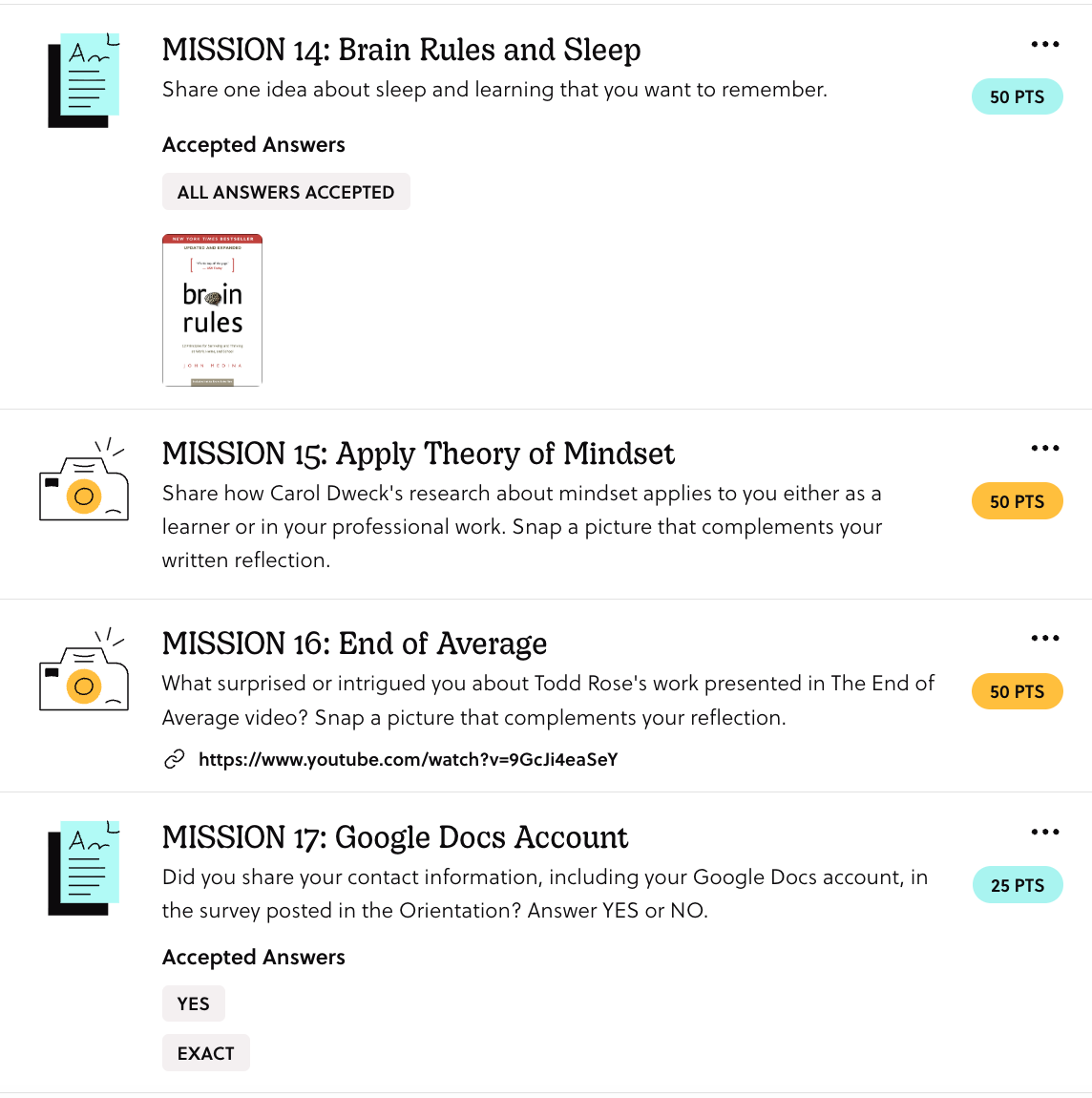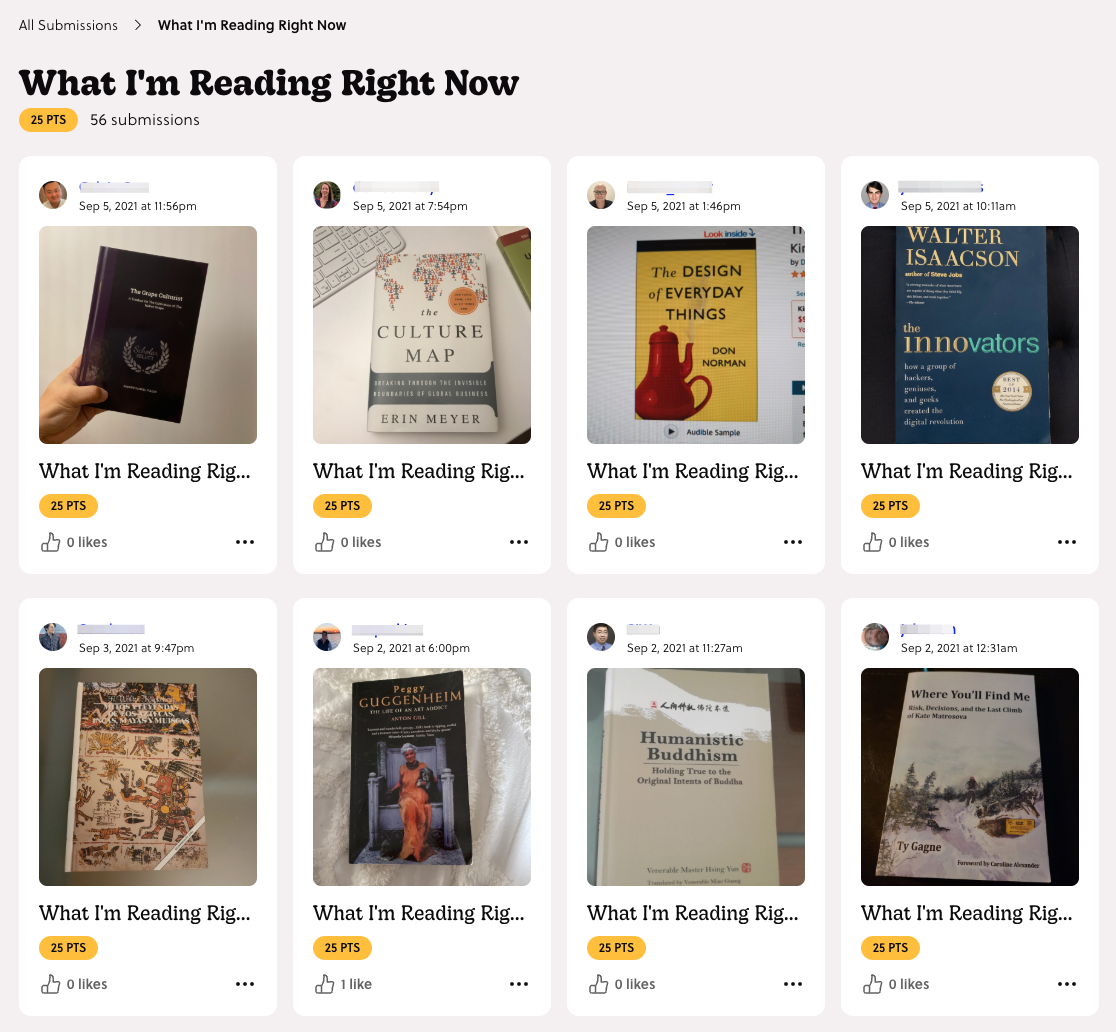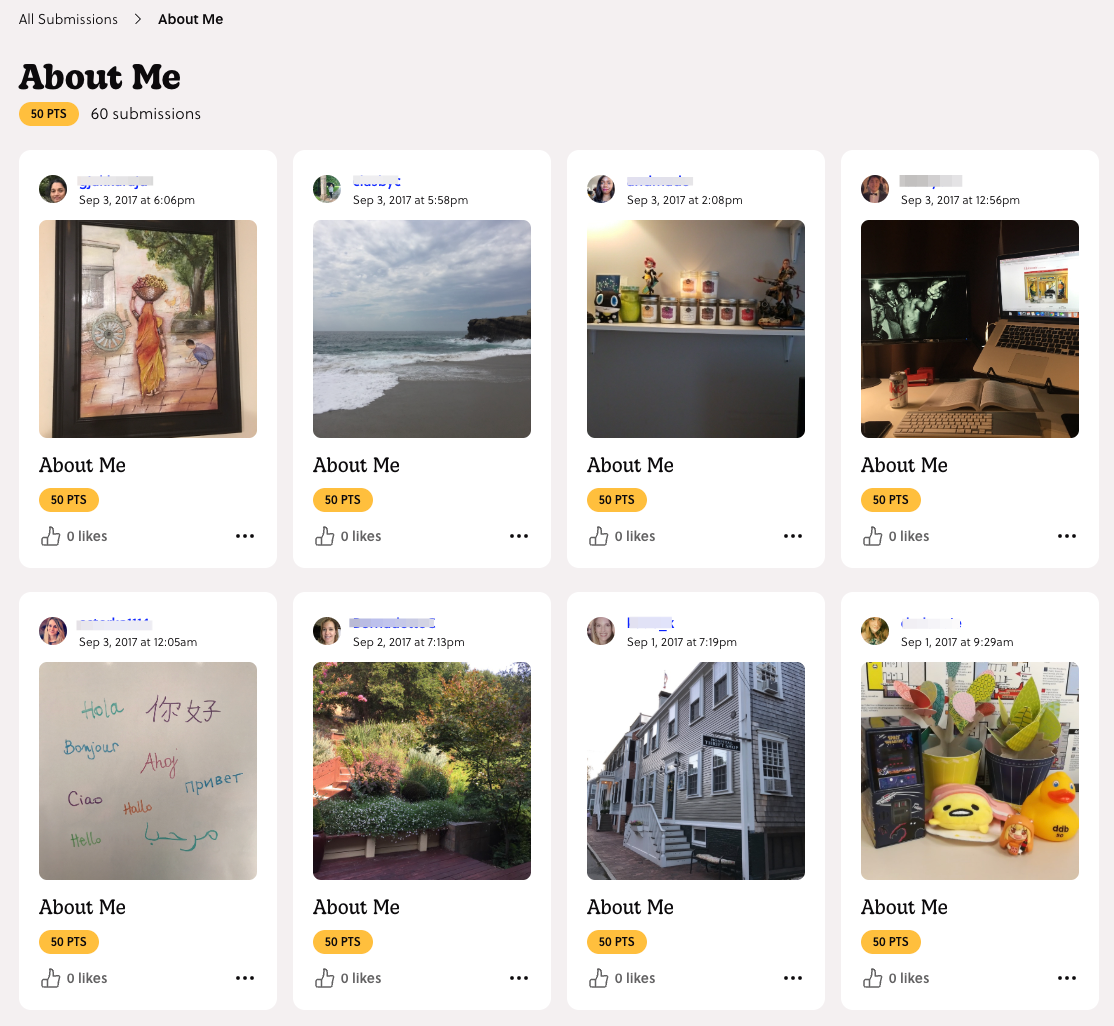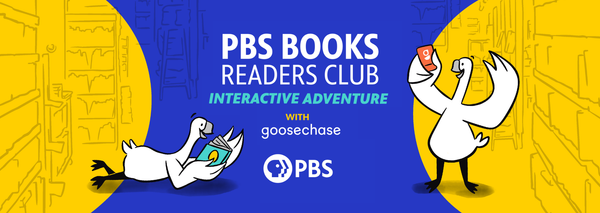“Like Night and Day”: The Expert Approach these Instructional Designers Use for Class Orientation
“There's some kind of special magic that happens with Goosechase that gets people hooked on the course and with each other.”
That’s it. That’s the testimonial. Just kidding. But honestly, kind of.
First impressions matter in any course. Denise Snyder, Director of Learning Design & Digital Innovation at Union College and instructor at Harvard Extension School, knows this better than most. Every semester, she and a co-instructor teach a graduate-level introductory instructional design course to students from all over the world: teachers, museum curators, corporate trainers, and UI/UX designers. That diversity makes building community from day one crucial.
But the traditional first-class approach of reading the syllabus aloud is boring and disengaging. Denise recalls, “That is probably the most demotivating way to spend the first critical minutes of a course.
"We wanted something meaningful that got students excited about not just what they were learning, but who they were learning with.”
So they use Goosechase to orient the class in a social, gamified way that sets the tone for the rest of the semester.
Using Gamified Course Orientation to Hook Learners
Using principles from Understanding by Design (UbD), Denise and her co-instructor, Stacie Cassat Green (Principal at 64 Crayons, an instructional design consultancy), focused on stage three of the framework: how to hook and hold learners’ attention.
In practice, this meant replacing the standard syllabus walkthrough with a gamified orientation.
“It’s not rocket science,” Denise says. “Do you want students sitting in a chair while you talk at them, or do you want them active and getting excited about what they're about to learn?”
They designed an interactive orientation experience on Goosechase to be completed during the first week, with a set of Missions like:
- Read the syllabus using social annotation tool, Perusall, and highlight something you find interesting
- Share a snapshot of your workspace
- Post what you’re currently reading
- Take a selfie giving a thumbs-up after reviewing a key policy
Running the Goosechase Experience through the free app was the best way to roll it out with their remote group, as students could participate and tune in on their own time. This approach not only creates a fun experience but demonstrates active learning in higher education, giving students a chance to engage meaningfully right from the start.

The Magic of Real Social Presence
The effect was dramatic. Just the way we like it.
After using Goosechase for syllabus orientation, Stacie and Denise’s students were everything they could hope for: tight-knit, engaged, and even excited about group work.
For Denise, adding gamification with Goosechase is not an absolute replacement for good instructional design; it’s a key tone-setter. Goosechase sets the mood, models participation, and establishes social norms for the class.
“Because of the curiosity about each other we fostered in Goosechase, students have an intrinsic motivation to attend, engage, and collaborate. It makes the course feel alive.”
Goosechase invites you to connect with others in the same way you do in your everyday life: sharing photos, starting conversations, and connecting with your community in an activity feed.

Extrinsic vs. Intrinsic Motivation in Gamified Course Orientation
As often as Goosechase is used to stoke the fires of friendly (?) competition, it doesn’t have to be. In this case, Goosechase was an optional, extra-credit activity that was only offered in the first week of class. Beyond the 3 points you got for participating in the Goosechase, there was no competition or prizing.
Still, the majority of students completed every single Mission.
Using Goosechase vs. Other Tools for Gamifying Syllabus Orientation
Before introducing Goosechase to their orientation, Denise and Stacie had tried other things: Anything hosted on a learning management system (LMS) was just parked content. Discussion boards did not foster natural conversation.
After introducing Goosechase, they experimented with putting the activity on one of Harvard Extension School’s learning platforms. They replicated the Goosechase Missions in a quiz format, offering the same perks as before.
The outcome?
“It was night and day,” says Denise. Attendance dropped, engagement plummeted, and live sessions felt empty. “We went from 20 attendees to maybe one.”
“Nobody came to the live sessions, because they weren’t ‘on the hook’. They were like, ‘They’re recording it. We’ll just watch it later.’ There’s some kind of special magic that happened with Goosechase that got people on the hook with the course, with each other, wanting to come to sessions, looking forward to group work,” Denise recalls.
“And the only thing we changed was not using Goosechase. So we believe it was a big factor in why that cohort didn’t come together the way every other cohort did. There’s a long tail effect. If you set [the tone] right, it really carries throughout the course.”
Using digital tools alone isn’t enough. Engagement comes from interaction and social connection, not just content delivery.

What Learning Outcomes Shine With Gamification?
As inspiring as Denise and Stacie’s story is, we can imagine you have some questions. Let’s tackle them.
What learning goals are best achieved with gamification?
Not every learning outcome is equally suited for gamification. Some of the best fits include:
- Knowledge retention: Students remember more when they’re actively doing rather than passively listening.
- Application: Missions that simulate real-world scenarios help learners put theory into practice.
- Collaboration: Group challenges push students to share knowledge and solve problems together.
- Critical thinking: The creativity and flexibility of Missions can encourage learners to analyze, debate, and reflect.
How Much Effort Does It Take for Instructors to Gamify Course Orientation?
Let’s be real. One of the biggest concerns is time. Do instructors need special training or tech skills to pull this off?
The effort is front-loaded, like any course design. Once you’ve set up your activities, it doesn’t take much more to manage than other kinds of active learning. In fact, it can actually simplify facilitation because students are driving the engagement themselves.
The learning curve for Goosechase is shallow for both participants (students) and creators (instructors). If you can design a quiz, you can design a Goosechase Experience.
For instructors who are newer to gamification, ready-to-use templates or the built-in AI Mission Generator can make the lift even lighter. Start small, with a handful of gamified challenges that align with your course objectives. Review the data post-Experience to see how students respond, then expand from there.
The real effort is creative, not technical: coming up with Missions that are relevant and motivating. Once a framework is built, Experiences can be reused, adapted, and scaled.
Additional Goosechase Ideas for Colleges and Universities
Looking for inspiration? Here are a few gamified elements that work well in higher ed:
- Icebreaker Experiences: Like Denise and Stacie, kick off a course with fun challenges that helps students get to know each other.
- Application challenges: Have students show what they know by responding to Missions that assess their understanding and critical thinking.
- Scavenger-style activities: Send learners “into the field” (online or offline) to collect examples, resources, or case studies.
- Reflection Missions: Have students capture insights throughout the course and share them with peers in a way that mirrors how they socialize in their personal lives.
These can be mixed and matched depending on whether you’re designing for undergrads, graduate students, or professional learners.
Does Gamification Work in All Learning Environments?
One of the most common questions instructional designers ask is whether gamification works equally well in online, hybrid, and in-person settings. The short answer: yes, because you can customize Goosechase Missions to cater to any audience. Though the dynamics might feel different.
- In online environments, gamification can help replicate the community you often get more naturally in person.
- In hybrid courses, gamification bridges the gap between asynchronous and synchronous learning. Students are motivated to engage outside live sessions and then come prepared to contribute more actively during them.
- In fully in-person classes, gamification adds energy and movement, encouraging collaboration and interaction in ways that go beyond just listening or taking notes.
How Can You Build Inclusivity and Accessibility Into Gamification?
A key question for any instructional designer is: how do you make sure every student can join in and benefit?
Here are some practical ways to make gamified activities inclusive and accessible:
- Offer multiple ways to participate. Let students complete Missions with text, photo, or video so everyone can engage in a way that suits them.
- Keep tech simple. Minimize complicated tools or software so that students with limited access or devices can still take part.
- Follow accessibility standards. Make sure activities work for students with disabilities, including screen readers, captions, and color contrast considerations.
- Focus on collaboration, not just competition. Design challenges that encourage teamwork so no one feels left out.
Being inclusive should never dilute the fun. It means giving every learner a fair shot to participate, connect, and succeed.
Create Lasting Classroom Engagement Through Gamified Orientation
By focusing on the first few critical days of the course, Denise and Stacie have transformed orientation from a passive checklist into an active, socially engaging experience. Students immediately build community, feel invested in the class, and are motivated to participate in live sessions and collaborative work.
For instructional designers, the lesson is clear: thoughtful gamification at orientation can create momentum that lasts the entire semester. It’s a simple change with big impact, and Denise and Stacie’s experience proves just how valuable it can be.
What is Goosechase?
At Goosechase, experience is everything. Originally inspired by scavenger hunts, Goosechase is an online platform that enables organizations and schools to engage, activate, and educate their communities through delightful interactive experiences. Sign up and try creating a free recreational Experience, or check out our Pricing!





